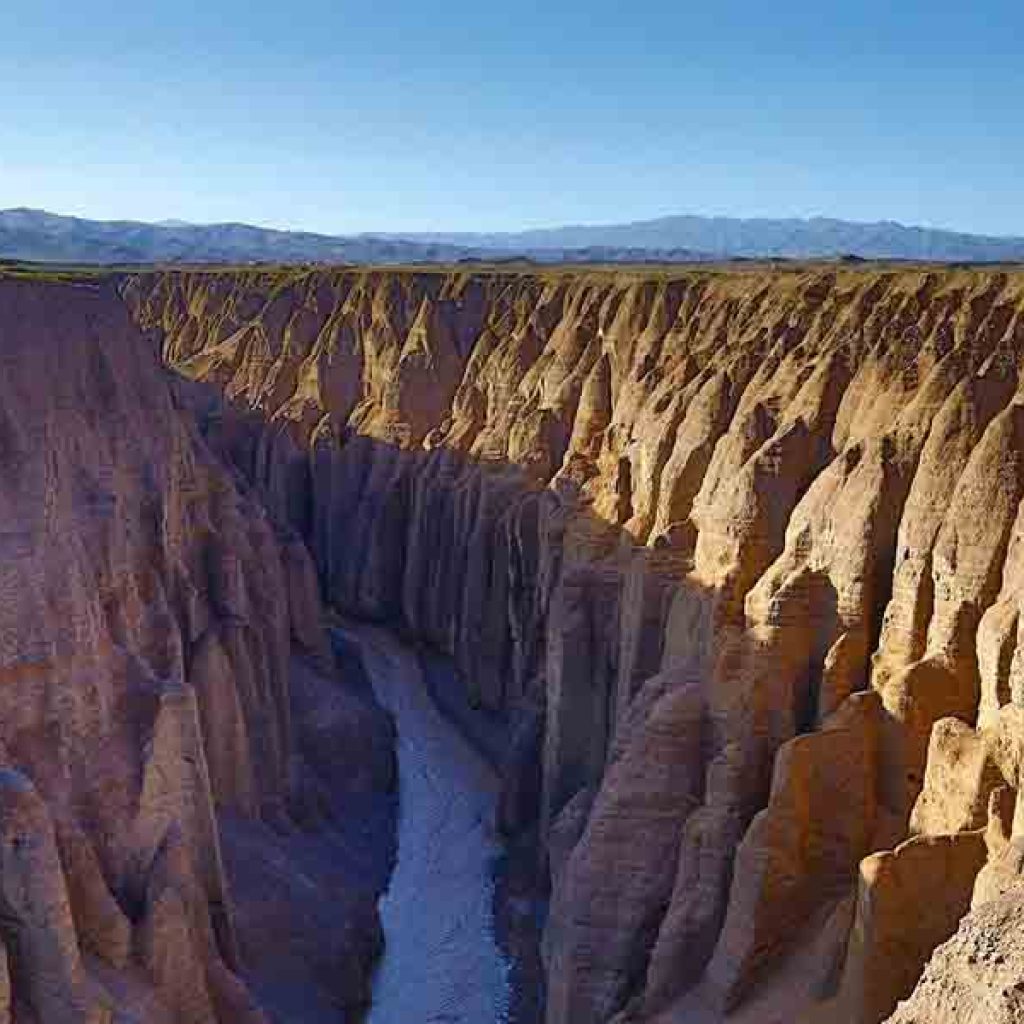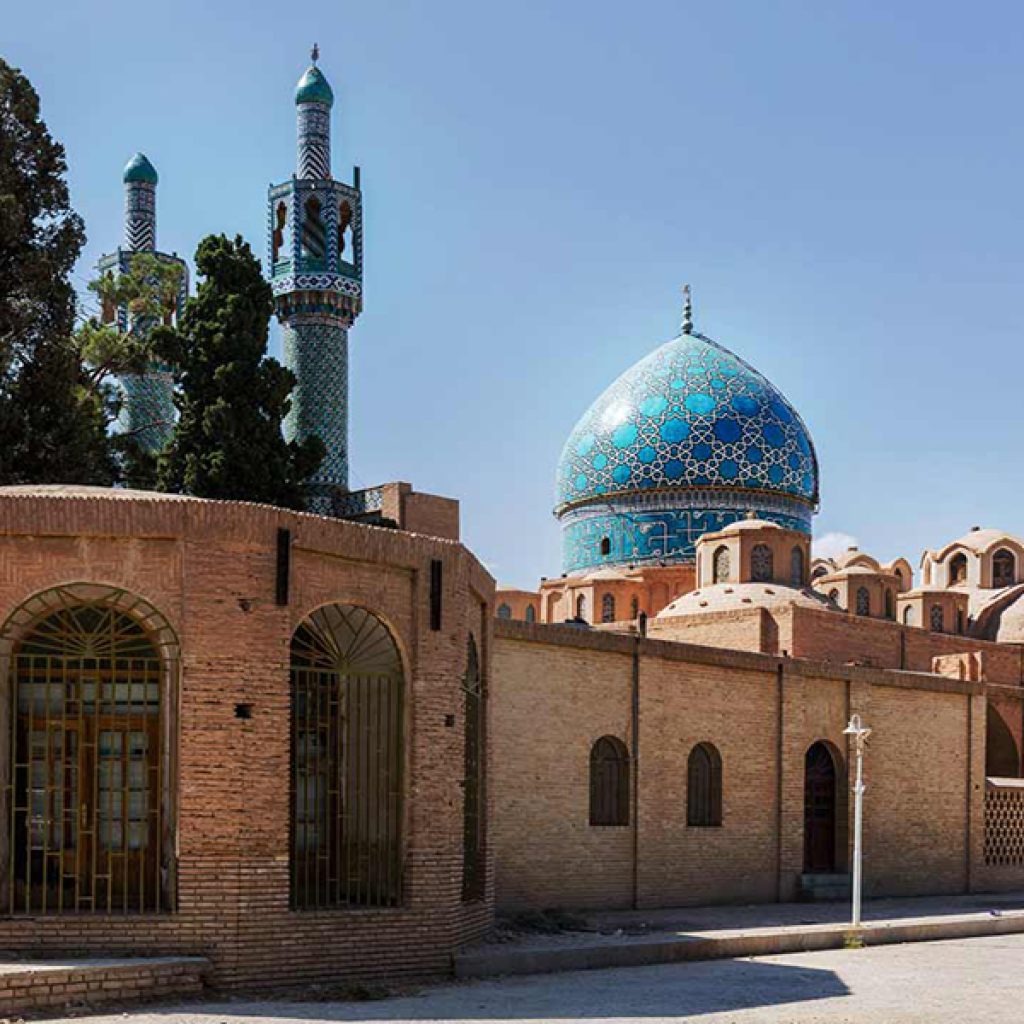Kerman, situated in the heart of southern Iran, stands as one of the largest and most significant cities in the region. Renowned for its historical prominence and rich cultural heritage, Kerman is a city of great allure. Nestled along the margins of the Lut Desert, with majestic mountain ranges enveloping it, Kerman boasts an elevation of 1,755 meters above sea level. Surprisingly, while it is surrounded by desert, the mountains to the south remain snow-clad throughout the year. This unique geography gives Kerman a cold desert climate with hot summers, cool winters, and scarce precipitation.
Kerman's economy primarily revolves around agriculture, with the region proudly standing as the largest global producer of pistachios. The city is also renowned for its ancient carpet weaving tradition, producing some of the finest carpets in the world. Additionally, Kerman is home to the second-largest copper mine globally, significantly contributing to the city's economic growth.
Kerman's history dates back to the third century AD when it was founded by Ardashir I, the founder of the Sasanian Empire. Throughout history, it served as a critical trade center connecting the east and west, north and south. After the Arab invasion of Iran in the 7th century, Kerman and its surrounding areas became a refuge for Zoroastrians. Over time, the city's population evolved, becoming predominantly Muslim with a small Zoroastrian minority.
Isolated from political power centers, Kerman enjoyed a measure of independence, flourishing as a textile manufacturing center. Under the Seljuks in the 11th and 12th centuries, it became a major trade hub, linking the Persian Gulf to Khorasan and Central Asia. Its prominence continued to grow during the Safavid era when Kerman's carpets and rugs gained worldwide recognition and were exported to Europe.
The 18th century brought invasions and conflict to Kerman, leaving the city devastated and many lives lost. However, it gradually rebuilt itself in the 19th and 20th centuries, rejuvenating its spirit and heritage.
When to Visit?
With its climate and weather conditions in mind, Kerman is best enjoyed during early spring and early autumn.
What to visit?
Kerman offers a wealth of cultural and natural wonders, some of which are UNESCO World Heritage sites. Exploring the city and its surroundings provides a splendid opportunity to witness the beauty of the region and delve into the rich tapestry of Persian culture and history. Here are a few notable attractions:
Lut Desert and Shahdad Kalouts
Nestled in the southeast of Iran, the Lut Desert, or Dasht-e Lut, is a breathtaking UNESCO World Heritage site characterized by fierce winds that transport sediments, resulting in colossal aeolian erosion. A true wonder of this mesmerizing desert is the Shahdad Kalouts, nature's spellbinding yet terrifying creation.
Shazdeh Garden
Shazdeh Garden is one of the famed Persian gardens that grace the UNESCO World Heritage list. Situated in the heart of the desert, this garden captivates with its mesmerizing architectural, harmoniously designed to blend with the environment. Shazdeh Garden is truly a Persian garden with lush greenery, fountains, and a dazzling combination of water and geometric design.
Bam and its Cultural Landscape
Found on the southern edge of the Iranian high plateau, the massive Arg-e Bam is a UNESCO World Heritage site, representing the quintessential fortified medieval town built with layers of mud. This historic citadel flourished between the 7th and 11th centuries, providing refuge to people in the heart of the desert.
Meymand's Rokey Village
Listed on the UNESCO World Heritage list, the cultural landscape of Meymand presents an extraordinary village with a unique form of housing in a harsh, arid desert environment. This cultural tapestry showcases the diverse lifestyles of people from the past who skillfully coexisted with the unforgiving nature.
Persian Qanats: Goharriz Qanat, Akbarabad Qanat, and Ghasemabad Qanat
Within the Kerman province, three of the eleven Persian qanats hold UNESCO World Heritage status: Goharriz Qanat, Akbarabad Qanat, and Ghasemabad Qanat. These qanats are remarkable water systems that played a crucial role in supporting agriculture and permanent settlements across Iran's arid regions. Beyond their functional significance, qanats bear testimony to the enduring cultural traditions of desert civilizations.
Ganj Ali Khan Complex
Ganj Ali Khan complex, situated in the heart of old Kerman, is an immense Safavid-era wonder that encompasses an entire city's facilities. This architecturally splendid complex features a school, square, caravanserai, bathhouse, water reservoir, mint, mosque, and a traditional bazaar. The exquisite architecture and artistic embellishments are among the finest in the country.
Rayen Castle
Rayen Castle stands as an extraordinary mud-brick city fortress adjacent to Kerman. This astounding construction traces its origins back to the 7th and 8th centuries during the Sassanid era and was inhabited until 1868. The citadel catered to citizens of all levels, with distinct sections for royalty and commoners.
Vakil Bazaar
Vakil Bazaar in Kerman, along with a caravanserai, bathhouse, mosque, and water reservoir, constitutes the Vakil Complex. This vibrant traditional bazaar remains a bustling hub, pulsating with architectural, social, and economic vibrancy. Visitors can explore traditional handicrafts, spices, carpets, jewelry, copperwork, and delectable sweets.
Kerman Jameh Mosque
Constructed in the 14th century, the Kerman Jameh Mosque is celebrated for its grand portal on the western side. The portal's exquisite tile work and watchtower adornments never fail to captivate with their intricate beauty.
Harandi Museum
Housed within a two-story building surrounded by lush greenery, the Harandi Museum boasts an extensive collection of musical instruments and a precious array of archaeological discoveries. Exploring this museum is a journey through the region's rich history.
Sanati Contemporary Art Museum
True to its name, the Sanati Contemporary Art Museum showcases a unique collection of works by contemporary artists, predominantly Iranian. This delightful museum, set within a lovely garden, is a surprising gem awaiting your discovery in Kerman.
Fathabad Garden
Fathabad Garden, located near Kerman, is a masterpiece of unique architectural design and breathtaking beauty. The garden boasts a remarkable two-story mansion, complemented by trees and an impressive pool, creating a picturesque oasis that's equally enchanting by day and night.
Shah Nematollah Vali Shrine
The Shah Nematollah Vali Shrine is a revered mausoleum and spiritual sanctuary paying tribute to the Sufi poet Shah Nematollah Vali. Situated in the vicinity of Mahan city, near Kerman, this historical complex is renowned for its striking features. These include multiple enchanting courtyards, a mosque graced by two ornate minarets, a captivating pool, and a resplendent cupola that adds to its mystic charm.
Gonbad-e Jabaliye
Gonbad-e Jabaliye, an extraordinary stone building adorned with intriguing plaster decorations, is an impressive historic structure. Its octagonal tower features three stories, crowned by a grand dome. Legend has it that this building once served as a Zoroastrian structure during the 2nd millennium AD.
Haj-Agha Ali House
Located in Rafsanjan city, 114 kilometers from Kerman, the Haj-Agha Ali House is an awe-inspiring traditional residence dating back to the Qajar era. This expansive house, with over 12,000 square meters of space, was constructed using mud bricks and boasts beautiful plasterwork and colorful windows, characteristic of traditional buildings in the arid regions of Iran.
Rageh Canyon
The Rageh Canyon, near Rafsanjan city, has been sculpted by the forces of erosion into colossal pillars, columns, arches, and striped walls. Some of these geological formations reach impressive heights of up to 70 meters. However, the valley's depth makes it accessible only from specific points, and its water levels can fluctuate with the seasons.
Stone Garden
The enigmatic Stone Garden, showcasing fruit sculptures crafted from stone, is situated near Sirjan city in the Kerman province. This unique conceptual artwork served as a symbolic protest against government land reforms.

















